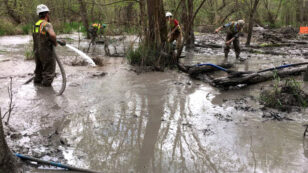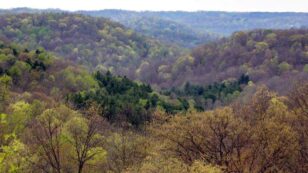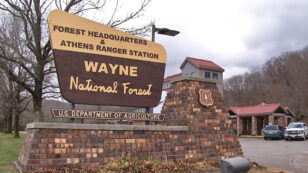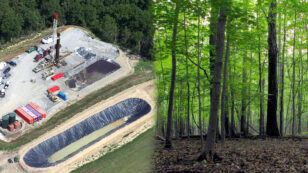
Massive Pipeline Leak Shows Why Nebraska Should Reject Keystone XL
About 210,000 gallons (5,000 barrels) of oil leaked Thursday from TransCanada’s Keystone oil pipeline near Amherst, South Dakota, drawing fierce outcry from pipeline opponents. The leak, the largest spill to date in South Dakota, comes just days before Nebraska regulators decide on whether its controversial sister project—the Keystone XL (KXL) Pipeline—will go forward. “Enough is […]

 233k
233k  41k
41k  Subscribe
Subscribe 







